Diversity is the basis of resilience. But we tend to focus on the number of species or habitats and not the diversity within a single species. This is a problem as species with low genetic diversity are vulnerable. It is because genetic diversity is mostly invisible that we often overlook it. However, we can now assess genetic diversity relatively easily and cheaply, so this vital component of resilience is within our grasp and can be considered in species recovery programmes.
It is because genetic diversity is mostly invisible that we often overlook it.
Aline Finger, Scottish plant recovery project lead
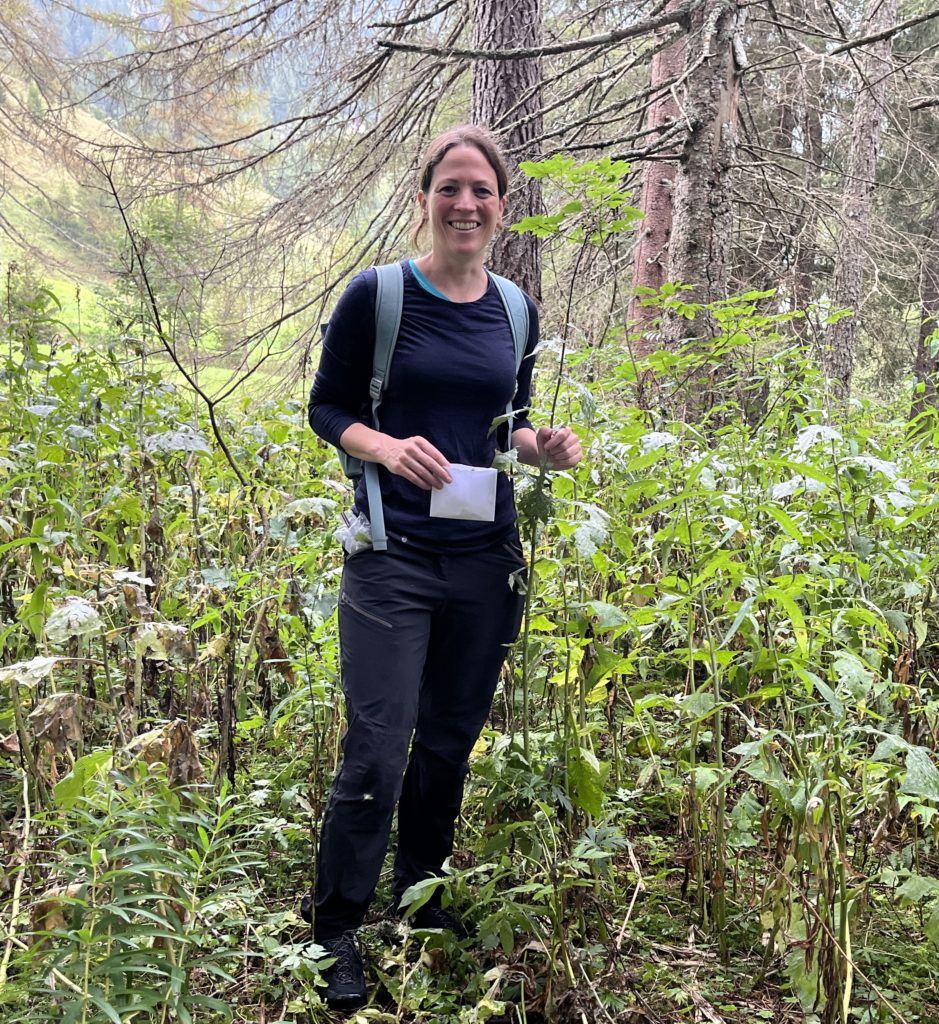
Recent fieldwork in Switzerland, carried out by the Scottish Plant Recovery project, had the aim of diversifying the gene pools of plants that we know are partly constrained by insufficient genetic diversity. The Scottish Plant Recovery project has ambitious, landscape-scale species recovery as the long-term goal, but this is only possible if the constraints imposed by limited diversity can be overcome. The reason for going to Switzerland was to collect seeds that would allow us to carry out a ‘genetic rescue’ of Scottish plants that are potentially on the brink of extinction.
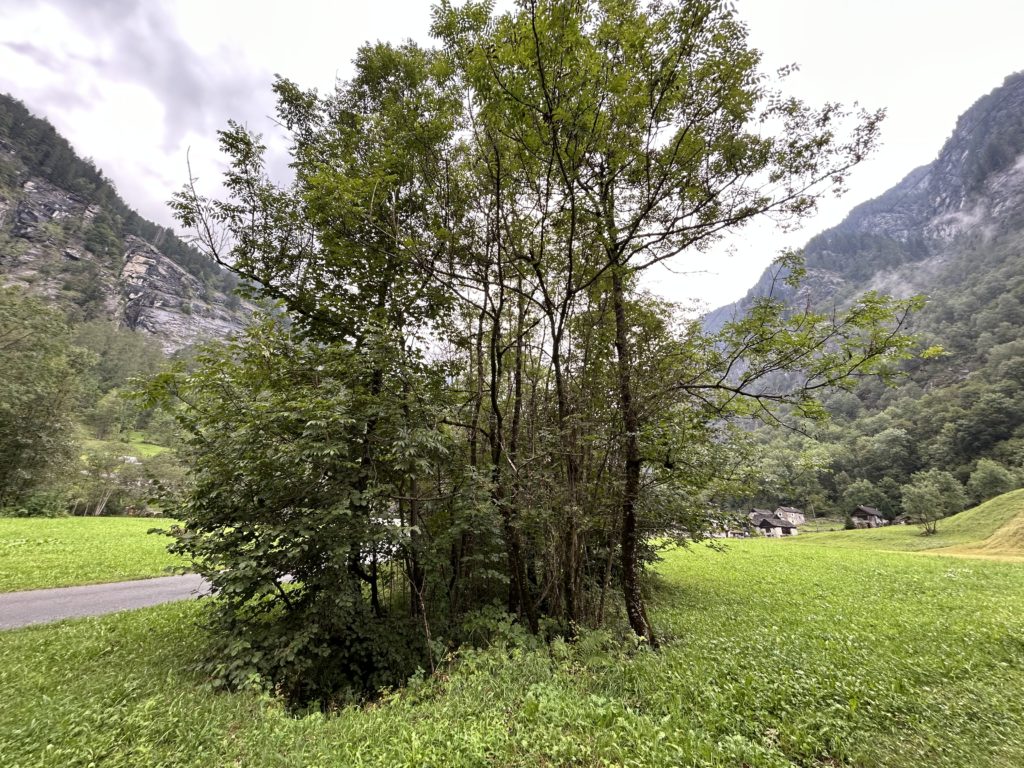
Assessment of genetic diversity in Scottish populations of whorled Solomon’s seal (Polygonatum verticillatum) and alpine blue-sow-thistle (Cicerbita alpina) has revealed much lower diversity than the number of flowering shoots would suggest. Both plants spread underground to form large patches that are clones – a single genetic individual. This means that apparently healthy populations of hundreds of ‘individuals’ have turned out to be one or a few genetic individuals. This is bad news for their reproduction. Plants often need to breed with genetically distinct partners, so patches of one individual can result in little or no seed production if genetically different patches are not nearby.
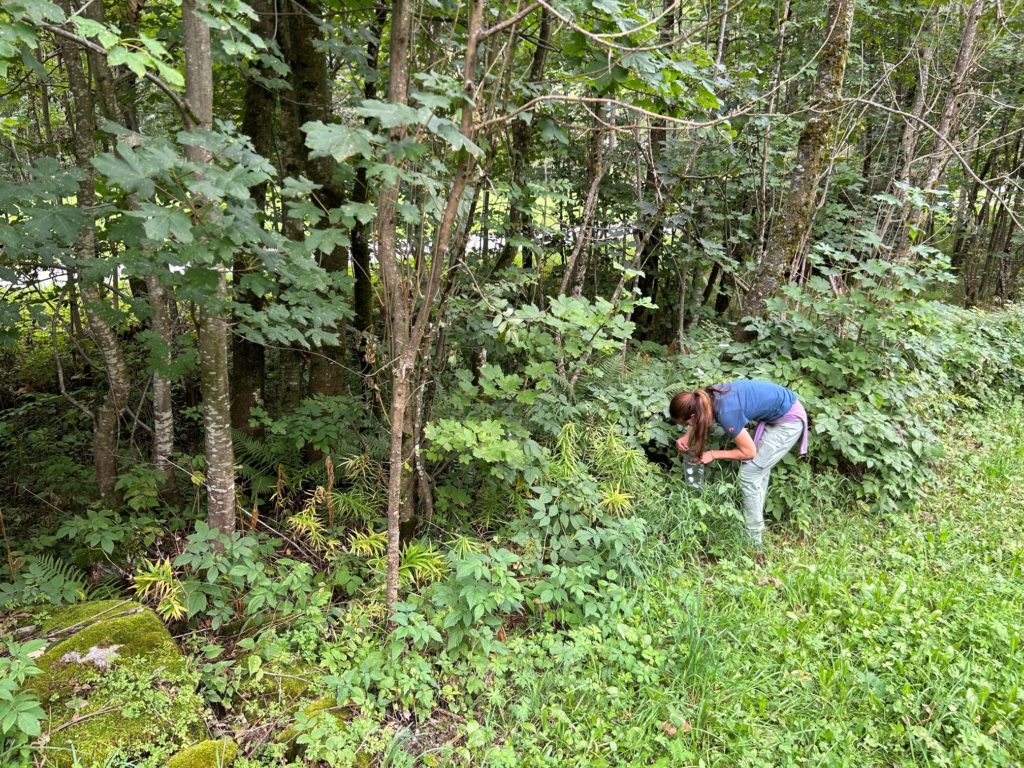
The problem that biologists call ‘inbreeding depression’ has been demonstrated by breeding experiments with alpine blue-sow-thistle. Crosses between plants that are genetically more distant from each other have produced vigorous plants that combine the variability of two distinct populations. In contrast, crosses between closely related individuals produce fewer, weaker offspring.
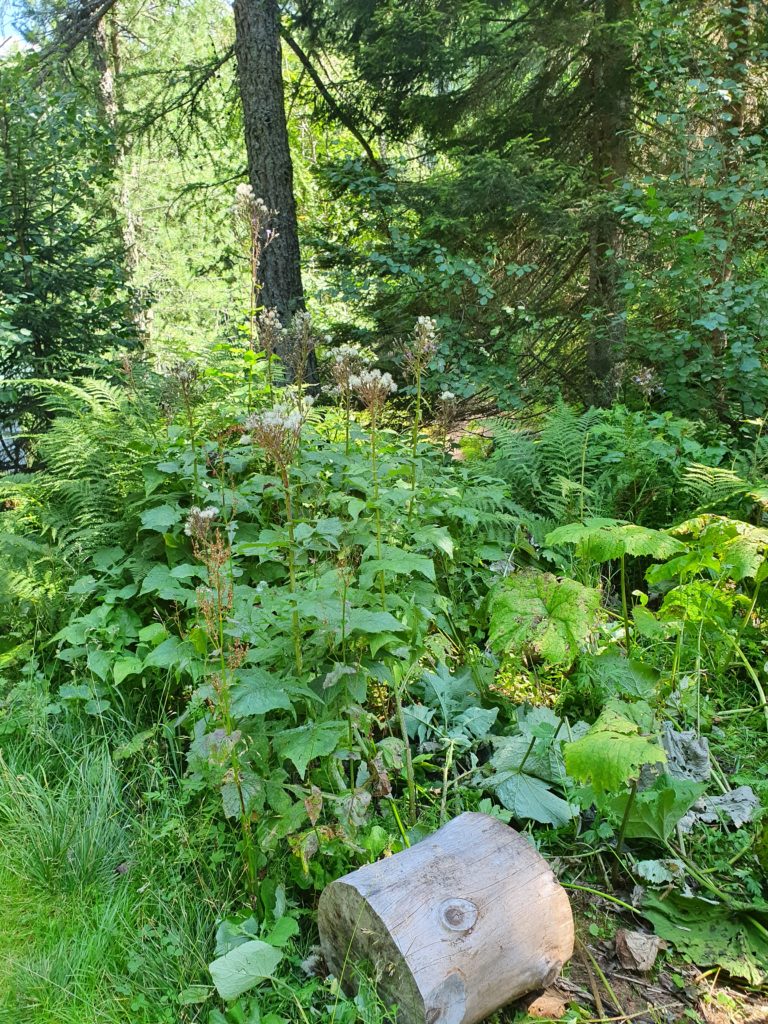
A further problem is that, even if breeding occurs, diversity is more likely to be lost over time in small, isolated populations simply by chance. Bigger populations are better able to maintain diversity levels. Alpine blue-sow-thistle and whorled Solomon’s seal have been reduced to a few dangerously small populations in Scotland and these are often too far apart to interbreed.
The time in Switzerland was extremely productive and with the help of local partners we were able to collect hundreds of seeds from multiple populations of three out of ten Scottish Plant Recovery target species – alpine blue-sow-thistle, whorled Solomon’s seal and small cow-wheat (Melapyrum sylvaticum). The Swiss populations of all three plants are healthy and our collecting will not pose any risk to them.

In Scotland, small cow-wheat also exists in small, isolated populations and we are in the process of assessing genetic diversity levels in this dainty, yellow-flowered woodland and heathland plant.
It was useful to see how these plants grow in Switzerland. What we wanted to know was whether these plants have similar preferences for soils, and grow alongside the same species, as they do in Scotland. One of the recurring problems we face with rare species conservation is what is called shifting baseline. One form of shifting baseline is that just because a plant now grows in a particular habitat it does not follow that this is its preferred, ideal habitat. It may simply be that this is the only place where it has clung to life out of reach of deer or plant collectors and now exists in suboptimal conditions. So, we must constantly open our minds to other possibilities. Seeing threatened plants where they are thriving can be a good guide to what we should aim to be providing in Scotland.
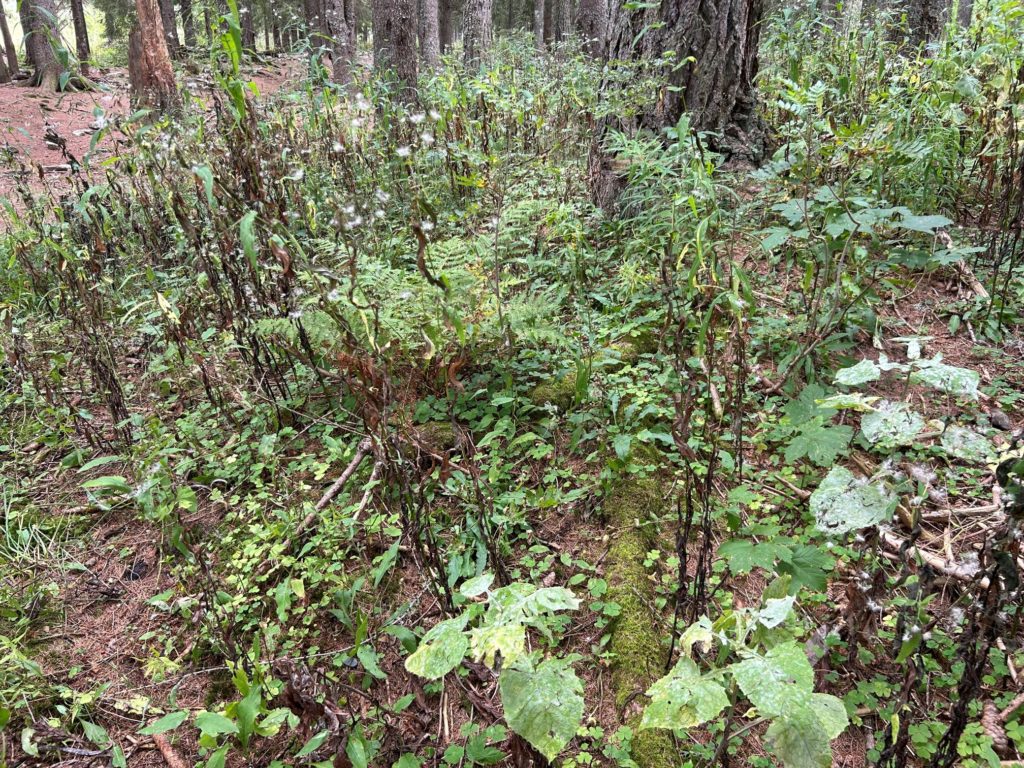
An interesting observation we made was that all three species sometimes grow alongside each other under a woodland canopy of mixed species including pine (Pinus), spruce (Picea) and sycamore (Acer pseudoplatanus). Our rarities were also growing with plants that we regard as rather thuggish invaders, such as rosebay willowherb (Chamaenerion angustifolium). Clearly, this trio has the potential to be competitive when growing in the right conditions.
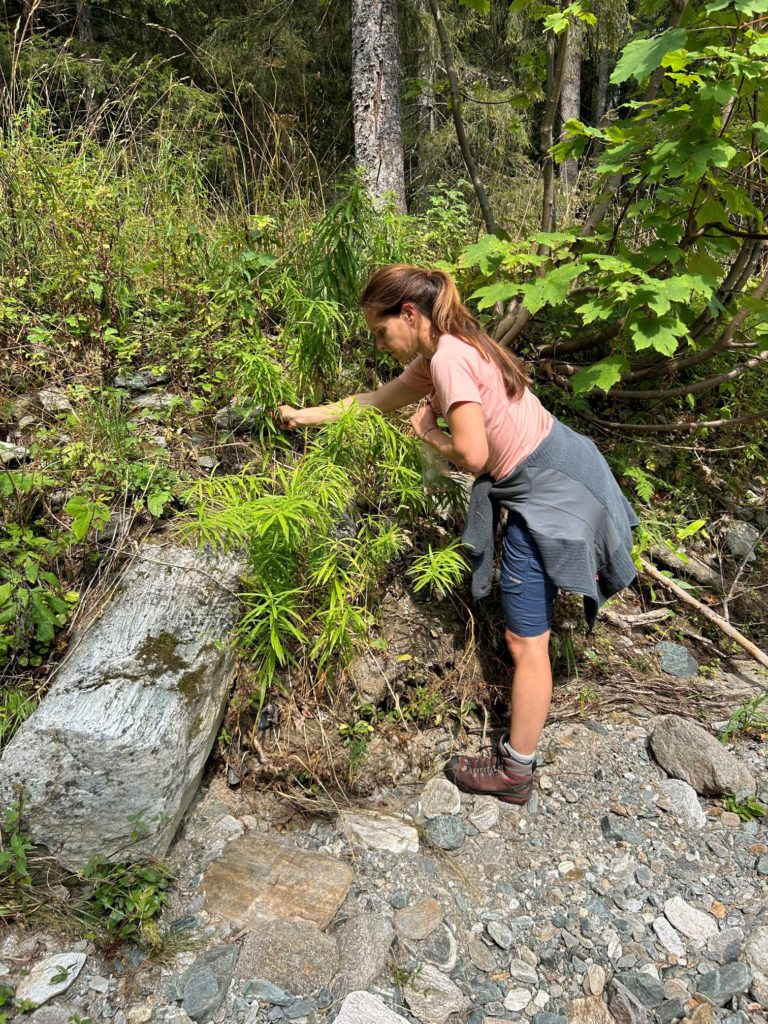
The plan from the outset was to, where appropriate, restore more than one species to a particular recipient site. The behaviour of these species in Switzerland shows us that they are part of a particular woodland plant community and that combined translocation of all three in Scotland should be considered, if a suitable site can be found.
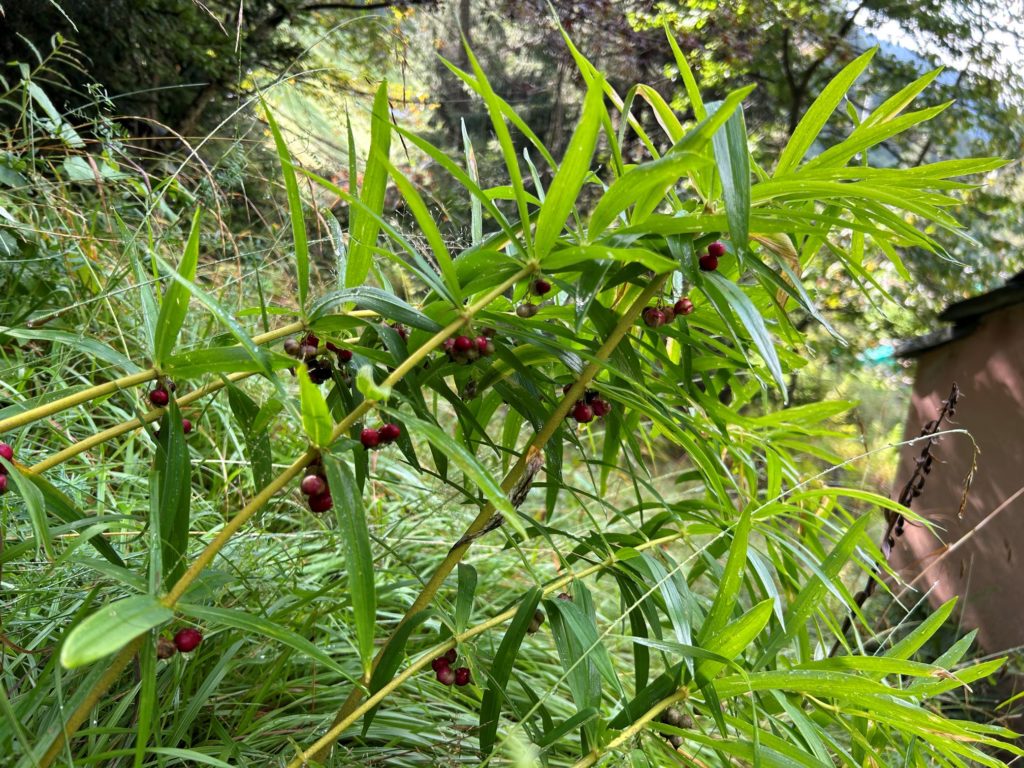
By mixing seeds from Scotland and elsewhere the recipient sites will have a more diverse starting point. This should improve their reproduction and give them greater scope to adapt in the future. The hope is to create populations that will be able to expand and spread to nearby suitable areas. The initial introductions are just the start of a recovery.
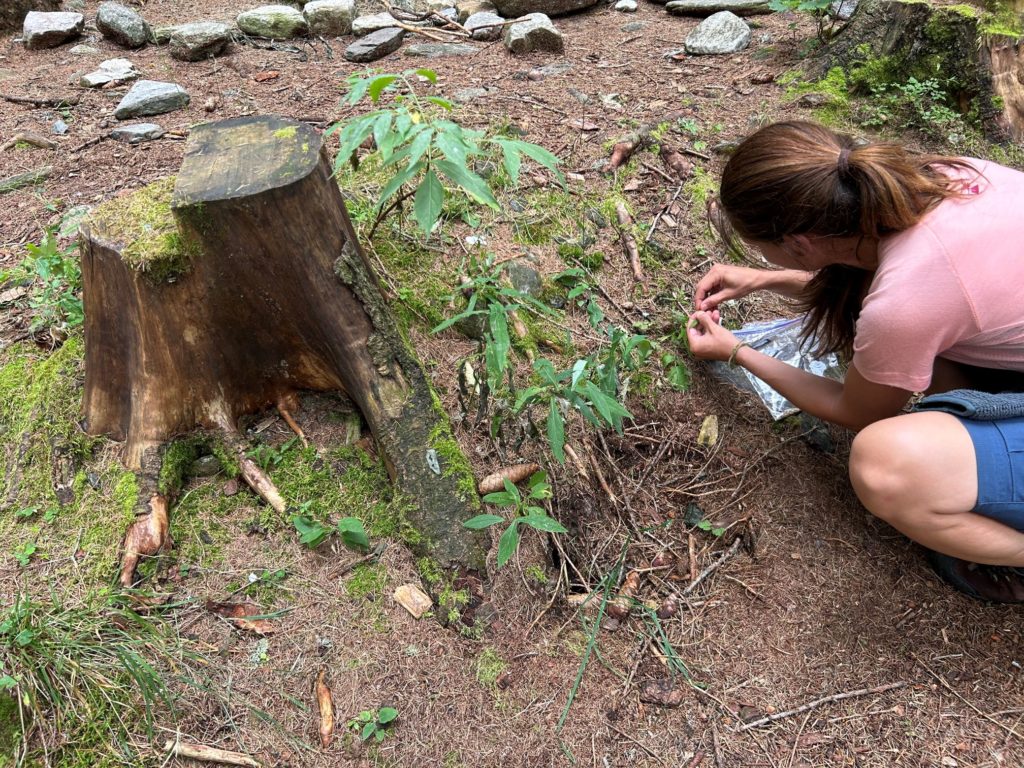
The overall approach is what we call dynamic restoration, a term we have borrowed from Eric Collin’s work on restoring diversity in forest trees. Apart from the initial assistance given to ‘improving’ the genetic potential of a population it is then left alone to be governed by natural processes.


- X @TheBotanics
- X @nature_scot
- X and Facebook @ScotGovNetZero
- Facebook @NatureScot
- #NatureRestorationFund
